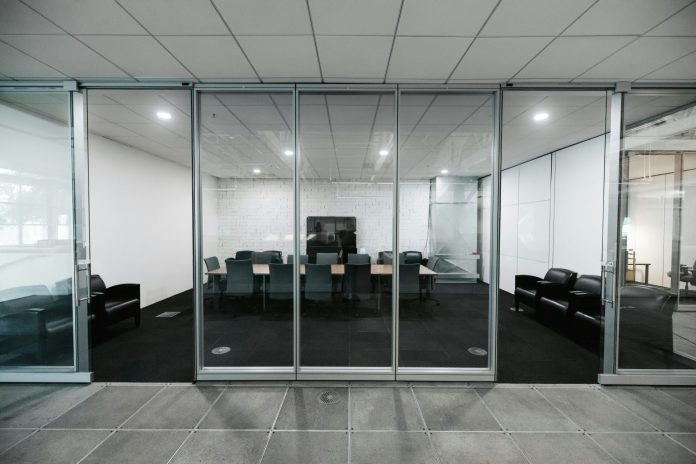Determining appropriate square footage often feels like solving an equation with invisible variables. Companies routinely overestimate needs, leaving dead zones of underutilized real estate, while others cram teams into spaces that stifle productivity. For those evaluating office spaces in Birmingham, this calculation becomes particularly crucial given the city’s mix of historic buildings with unconventional layouts and modern developments offering modular options.
Moving Beyond the Headcount Myth
Simply multiplying employees by arbitrary square footage standards leads to costly miscalculations. A 10-person engineering team needs radically different configurations than a 10-member sales department. Consider work patterns: collaborative groups require 40-50% more area for meeting zones than heads-down analysts. The most accurate formulas start by categorizing staff by workspace type rather than total numbers.
Department-Specific Spatial Requirements
Creative teams thrive in open environments with writable surfaces and flexible seating, typically needing 125-150 sq ft per person. Legal and accounting personnel demand more private zones, averaging 175-200 sq ft for document storage and confidential discussions. Hybrid roles benefit from agile footprints where 100 sq ft per employee suffices when supplemented with shared resources.
Accounting for Future Growth
Projecting headcount 18-24 months ahead prevents painful mid-lease expansions. Allocate 15-20% additional area in strategic zones for anticipated hires. Better to have temporary collaboration space than force departments into separate floors later. Some innovative firms create “expansion seams” – intentionally left-vacant desks between teams that fill organically.
Meeting Space Calculations
Conference rooms consume disproportionate real estate. Calculate needs based on weekly cross-department sessions requiring large tables, daily stand-up meetings needing compact standing zones, and client-facing spaces requiring aesthetic polish. Most organizations overbuild these areas – the sweet spot is 1 meeting seat per 3.5 staff members.
Supporting Space Considerations
Support areas often get shortchanged in initial plans. Copy rooms grow into cluttered bottlenecks without proper equipment spacing. Break areas require careful calibration – too small and they sit empty, too large and they become ghost towns. Allocate 25-30% of total square footage to these non-desk functions for optimal flow.
Balancing Density and Wellbeing
The pandemic reshaped space calculus. While 75 sq ft per person might work mathematically, psychological comfort now demands breathing room. Strategic employers add 10-15% beyond minimums for circulation and decompression zones. This isn’t wasted space – it reduces sick days and turnover.
Furniture and Layout Realities
Modern workstations have shrunk from 60″ desks to 42-48″ surfaces, but monitor setups and task chairs still require careful planning. Activity-based layouts with unassigned seating can reduce total desks by 20% through shift patterns. Always mock up proposed configurations with tape on concrete before signing leases.
Technology Space Requirements
Server rooms and IT storage needs fluctuate wildly based on cloud migration levels. On-premise infrastructure demands 50-100% more area than cloud-reliant operations. Even paperless offices underestimate wiring closets and equipment storage – budget 3-5% of total space for tech real estate.
The Essential Space Test
Before committing to any space, conduct a trial week by marking proposed workstations with painter’s tape, simulating daily movement patterns, testing sightlines and acoustics, and measuring peak occupancy in shared areas. This reality check exposes flawed assumptions that look perfect on paper.
Creating Workspaces That Work
True space planning balances numerical requirements with cultural needs. Some teams produce brilliant work in tight quarters that would suffocate others. The magic formula combines hard metrics with an honest appraisal of how your particular organization actually functions when the doors close and the work begins. Those who crack this code don’t just lease space – they curate environments where businesses flourish.



 Bitcoin
Bitcoin  Ethereum
Ethereum  Tether
Tether  XRP
XRP  USDC
USDC  Solana
Solana  TRON
TRON  Lido Staked Ether
Lido Staked Ether  Cardano
Cardano  Avalanche
Avalanche  Toncoin
Toncoin